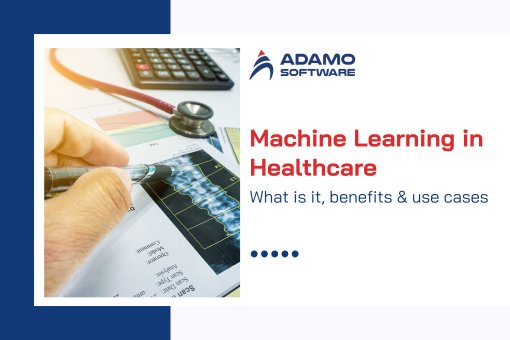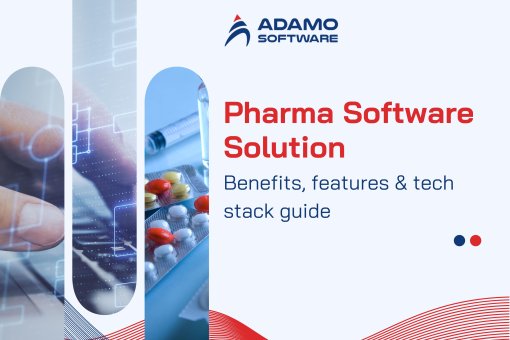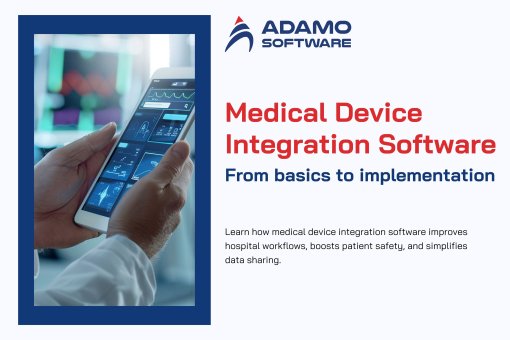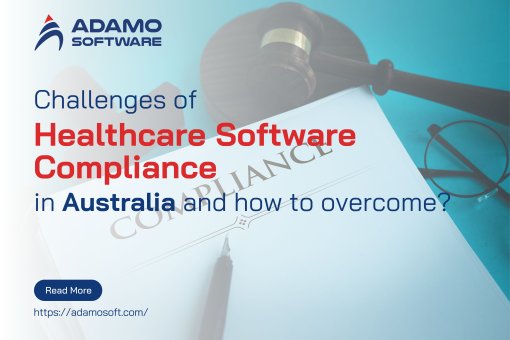How Remote Patient Monitoring revolutionizes home healthcare

Remote Patient Monitoring (RPM) has become a generally accepted type of healthcare delivery as more healthcare utilize telehealth. Check it out.
Healthcare organizations are slowly moving away from depending only on hospital-based care and regular checkups to monitor and manage patients’ health. This is possible with digital health solutions like remote patient monitoring devices. Consequently, healthcare organizations can help people get care no matter where they are with virtual care technology.
With the number of older people growing, the spread of infectious diseases such as COVID-19, and the number of people with long-term illnesses rising, more health systems are realizing they need to provide care outside of hospitals and in patients’ homes. This is possible with remote patient monitoring devices.
I. What is remote patient monitoring?
Remote patient monitoring, also known as remote physiologic monitoring or RPM, is a way of healthcare delivery that uses developments in information technology to collect patient data outside of typical healthcare facilities.
Remote patient monitoring enables healthcare providers to manage acute and chronic illnesses while reducing patient travel expenses and infection risk. Furthermore, RPM facilitates patient-provider communication and improves patient self-management, resulting in improved health outcomes.
II. Global remote patient monitoring market: update 2024
According to Strategic Market Research, the worldwide remote patient monitoring devices market will grow at an 8.74% CAGR from 1.45 billion in 2021 to $4.07 billion by 2030. North America had the greatest industry size, accounting for 41.67% of the entire remote patient monitoring market. RPM is a style of healthcare delivery that uses cutting-edge information technology to collect patient data outside of regular healthcare settings.
Both patients and clinicians have benefited from remote patient monitoring. Consequently, it has lowered the danger of disease transmission, freed up limited hospital resources, permitted faster access to patient data, improved patient outcomes, and reduced healthcare provider costs.
Remote patient monitoring has grown rapidly as a result of COVID-19 and is projected to grow even faster in the future. According to several researchers, 23.4 million US patients utilized various RPM technologies in 2020, with the number of patients using these tools predicted to increase by 28.2% to 30 million US patients by 2024.
III. How RPM can help patients and smoothen healthcare services
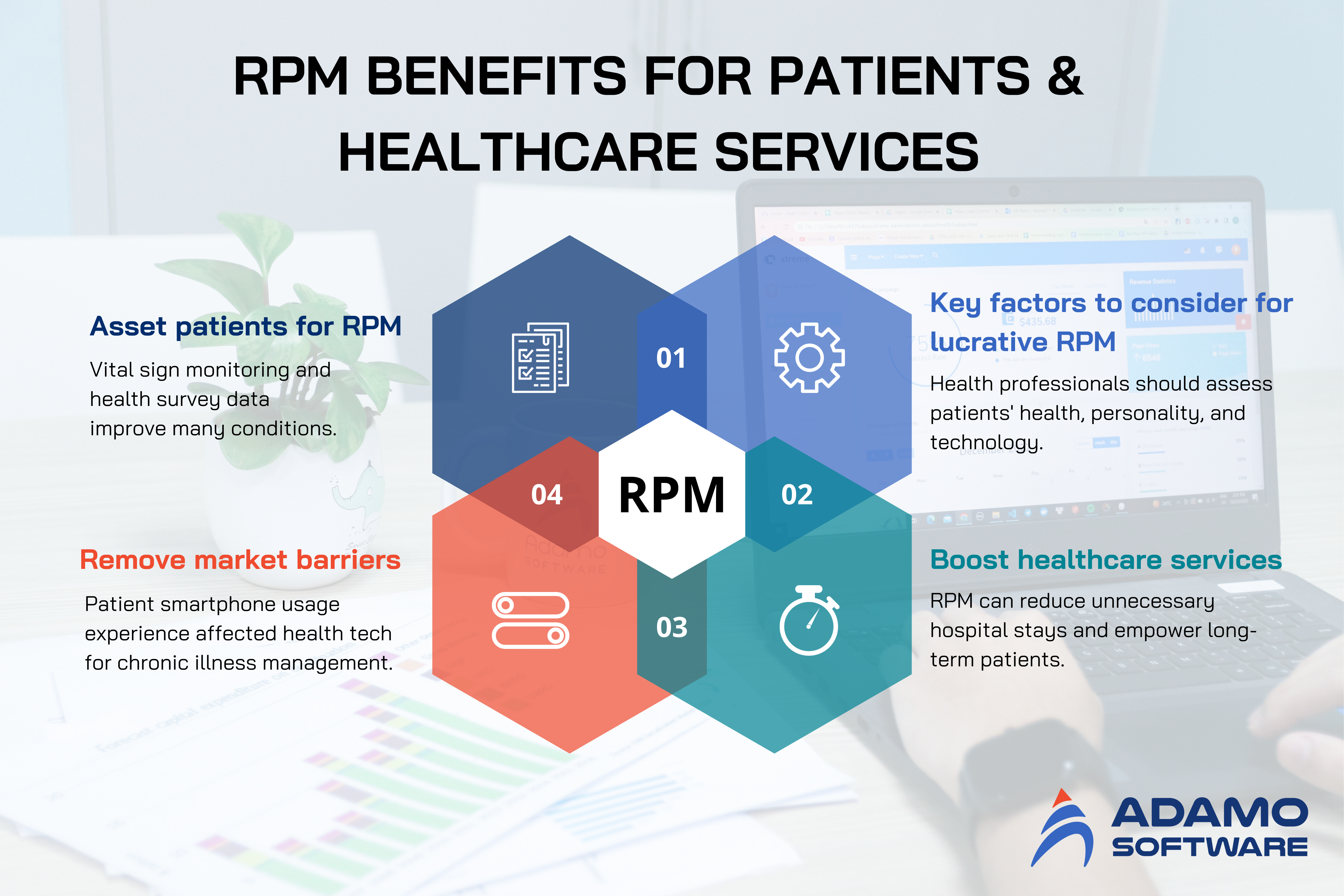
1. Assess patients for RPM
A wide range of conditions, including (but not limited to) asthma, diabetes, chronic obstructive pulmonary disease (COPD), heart failure, coronary artery disease, cardiac arrhythmias, mental health, and wound care, are known to benefit from vital sign monitoring and routine collection of health survey data.
RPM works best in communities where the goal is to increase health literacy and self-management, support patients with unstable and poorly controlled chronic diseases, and help individuals stay at home and out of the hospital when possible.
2. Key factors to consider for lucrative RPM
When deciding who might benefit from RPM, health providers should examine the patient’s health state, personal characteristics, and technological competence.
– IT skills: A patient needs to know how to use the technology that makes RPM possible. However, a recent study that watched over older people with multiple illnesses found that their confidence in their tech skills had nothing to do with how much experience they had with it. This shows that it’s important to take the right onboarding steps. Consequently, a patient can trust RPM right away.
– Health literacy: RPM might help people learn more about health, which is important because not knowing much about health is linked to bad health outcomes and programs that help people handle chronic diseases not working as well in general. This is because health literacy affects how well people can understand what doctors and nurses say.
– Readiness to engage: How well health interventions work depends on how well people follow through with their recommended medicine plans and lifestyle changes. Therefore, self-motivation to join an RPM program is a good sign that a patient is a good fit for the program.
3. Remove market barriers by embracing technologies
According to a 2017 review, patients’ smartphone usage experience, doctor-patient connection, perceived health hazard, and self-efficacy affected perceived ease of use for smartphone health technology for chronic disease management. When using their own mobile device, people are more inclined to add a certain app than if using unknown devices at home.
4. Boost healthcare services through technologies
Remote Patient Monitoring (RPM) can help cut down on needless hospital stays and give people with long-term conditions more control over their health.
CSIRO5 research has shown that RPM saves money for the healthcare system, makes patients’ lives better, and helps them understand their situations better. It lets patients stay in touch with doctors and nurses when they’re not in formal care places like hospitals and GP clinics. For older patients, it can mean longer that they can get care in their own homes.
With remote tracking, if a patient’s health gets worse, the provider can know about it early enough to take action to keep the patient out of the hospital. In addition, it gives patients more control over their own care by teaching them things like how and when to take their medications as part of their daily lives. As a result, hospitals that use RPM to handle their patients can save time and money by improving patient flow and lowering the number of trips to the emergency room.
Explore Top 18 wearable medical devices that you might not know integrated in healthcare software solutions.
IV. Telehealth and RPM: Remote patient monitoring benefits
1. How to use remote patient monitoring with custom telehealth
To keep an eye on people with certain health problems, remote patient monitoring works well with telehealth. It can also keep patients from getting sick who can’t easily move from getting sick.
Through remote patient tracking, you can keep an eye on a lot of different symptoms and conditions, such as:
– High blood pressure.
– Diabetes.
– Weight loss or gain.
– Heart condition.
– Chronic obstructive pulmonary disease.
– Sleep apnea.
– Asthma.
A lot of the tools that patients will use may be familiar to them, such as:
– Weight scales.
– Pulse oximeters.
– Blood glucose meters.
– Blood pressure monitors.
Other diseases need more complex devices that patients will need to be trained on, such as:
– Apnea monitors.
– Heart monitors.
– Specialized monitors for dementia and Parkinson’s disease.
– Breathing apparatuses.
– Fetal monitors.
Remote patient monitoring is becoming more popular since telehealth rises in popularity and convenience. For various reasons, more providers are using remote patient monitoring, such as:
– Advanced medical technology.
– A growing awareness of telehealth for providers and patients.
– The ability to monitor and prevent serious complications in remote locations.
2. How to help patients utilize home-based healthcare monitors
Remote monitoring may be unfamiliar to both your patients and your business. Therefore, the greatest method to assist your patients is to educate them about the devices you will be employing. This includes how they operate and how you will obtain data from the device.
2.1. Ensure that the patient knows why you are recommending at-home health monitors
There are several methods for communicating with your patients, such as:
– A telehealth appointment is required before they can use the device.
– After they’ve been using the device for a few days, they’ll have a follow-up telemedicine appointment.
– An email or PDF download that explains remote patient monitoring for their disease or symptoms.
2.2. Support your patient understanding of how to use their device
Some products, such as a scale, may not require much explanation. However, other devices may be more advanced or confusing for patients. Few tips such as:
– In a telemedicine appointment, show your patient how to use the equipment.
– Refer your patient to a local at-home medical equipment supplier who can install the device and give support.
– Tell your patient what kind of reading you’ll acquire from their device and how you’ll get them.
– Ensure your patient has access to written instructions, such as paper copies, emails, or downloadable PDFs.
– Encourage your patient to write down their questions and call your office, email you through a patient portal, or seek a follow-up telemedicine consultation.
– Allow a member of your staff to notify your patient when you receive accurate information from the device.
2.3. Talk to your patients about the advantages of remote patient monitoring
In-person testing, diagnosis, or monitoring will be required for some patients based on their health, Internet capability, and personal preferences and abilities. However, remote patient monitoring can help with chronic disorders, pregnancy difficulties, and short-term illness in various ways.
The benefits such as:
– Decreased hospitalizations.
– Shorter hospital stays if the patient can be sent home with remote monitoring equipment.
– Fewer visits to the emergency room.
– Better health results in rural locations.
– Better chronic disease prevention and management.
– Reduced risk of illnesses for patients and healthcare workers.
Explore the digital twin in healthcare: how it impacts in healthcare revolutions to see other technological innovations in healthcare software solutions.
V. List out examples of RPM services with custom RPM platforms and features
RPM technology can range from handheld medical devices to internet data entry systems for patients such as:
– Glucose meters for patients with diabetes.
– Monitors for heart rate or blood pressure.
– Continuous surveillance monitors that can locate patients suffering from illnesses such as dementia and alert healthcare professionals to an occurrence such as a fall.
– Remote infertility treatment and monitoring.
– At-home testing helps hold substance addiction sufferers accountable and keeps them on track.
– Caloric intake or diet logging programs.
VI. Adamo Software – helps build bespoke remote patient monitors to boost your healthcare services
Choosing the best patient monitoring system for your clinic can enhance patient care and outcomes. By carefully analyzing your practice’s objectives and goals, researching options, evaluating vendors and support teams, and planning for a successful installation, you may choose healthcare software development that fits patient and staff needs. A good patient monitoring system can boost care efficiency, accuracy and enhance patient outcomes.
Adamo Software, a premier software development company in Vietnam, offers superior remote patient monitoring systems to improve patient care and outcomes. Contact us today to learn more!






